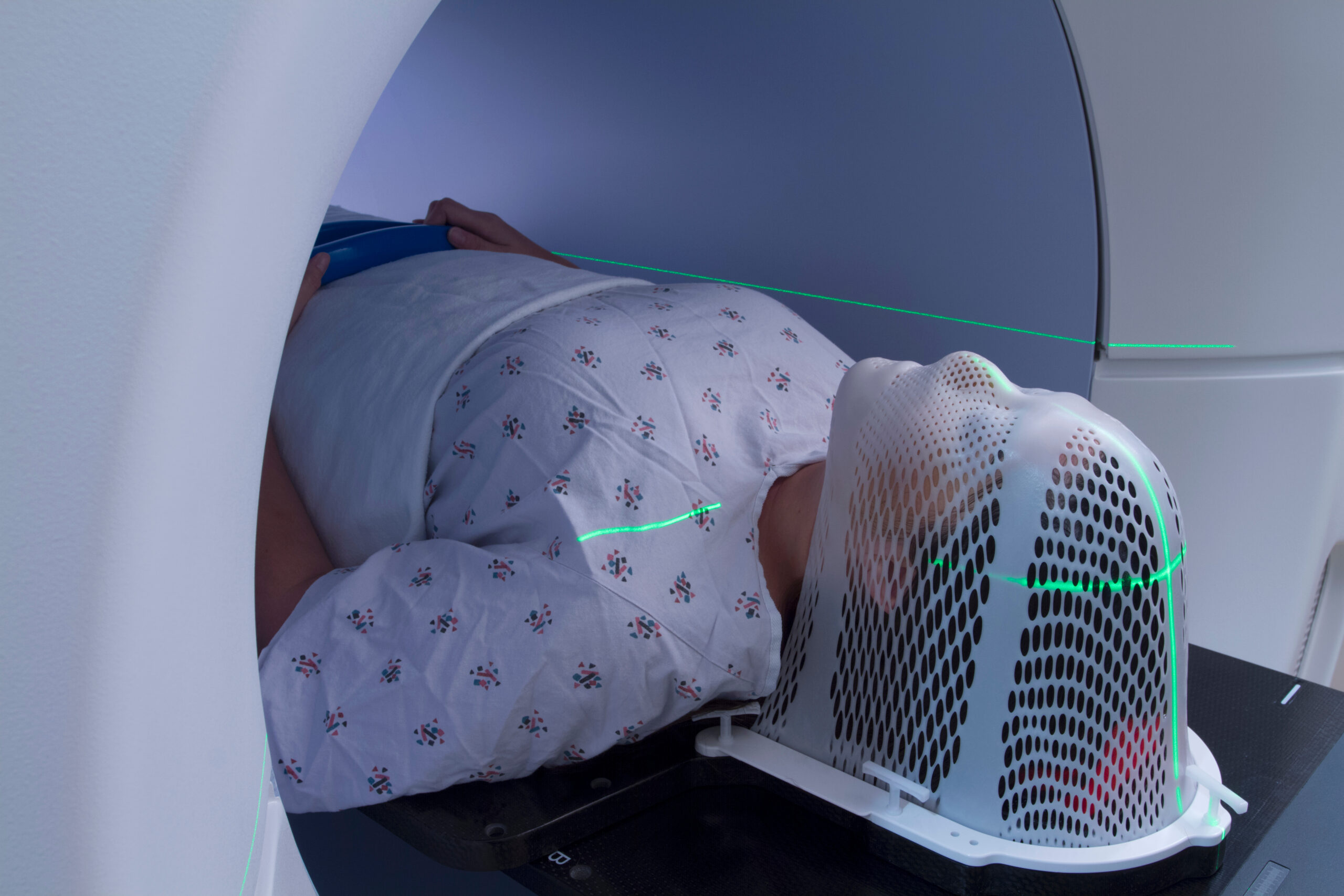A shocking crisis in England’s healthcare system has left over 60,000 cancer patients without the necessary radiotherapy treatment, raising immediate concerns about increasing mortality risks.
Story Highlights
- 60,000 cancer patients in England face radiotherapy delays.
- Systemic underfunding and workforce shortages are key causes.
- Delays increase mortality risk by 10% for each four-week postponement.
- Calls for urgent government intervention grow louder.
Radiotherapy Access Crisis in England
Recent data from NHS England and analysis by Radiotherapy UK reveal a troubling trend: over 60,000 cancer patients are not receiving timely radiotherapy due to systemic delays. This failure is attributed to chronic underfunding and workforce shortages, alongside outdated equipment. Such deficiencies have led to nearly 30,000 patients waiting over three months to begin treatment in the past year, while over 100,000 missed the 62-day target. The implications are severe, with a 10% increase in mortality risk for every four-week delay.
The crisis has prompted strong reactions from advocacy groups and medical professionals. Professor Pat Price, a leading oncologist, has described the situation as a “heartbreaking disaster,” emphasizing the urgent need for government action. Sarah Quinlan, Director of Radiotherapy UK, has highlighted the unacceptably long wait times, calling for a comprehensive national plan to address these critical issues. The Royal College of Radiologists has also warned of a “ticking time bomb” due to staff shortages, advocating for immediate investment in both workforce and infrastructure.
Watch:
Systemic Failures and Historical Context
The roots of this crisis are deep and multifaceted. Radiotherapy has been systematically underfunded in the UK for decades, receiving only 5% of the cancer budget. Access rates in the UK (24–27%) are significantly lower than other high-income countries, which range from 52–53%. The UK’s radiotherapy infrastructure is outdated, with fewer machines per capita compared to Europe, many of which are nearing or exceeding their recommended lifespan. These issues have been compounded by the COVID-19 pandemic, which exacerbated existing backlogs and delays.
Despite the pressing need for action, there has been a lack of long-term strategic planning for cancer treatment capacity. This oversight has resulted in persistent failures to meet NHS cancer treatment targets, leading to widespread geographic disparities in access and outcomes, often referred to as the “postcode lottery.” The situation has been further aggravated by the absence of a comprehensive national plan to revamp radiotherapy services.
Calls for Government Intervention and Future Implications
The current crisis not only jeopardizes the health of thousands but also strains the NHS and erodes public trust in healthcare services. The potential decline in cancer survival rates, coupled with the economic burden of late-stage treatments, underscores the urgent need for action. Advocacy groups are urging the government to prioritize investment in radiotherapy infrastructure and workforce to avert long-term consequences. The modernization of radiotherapy services could lead to innovation and digital transformation, providing a pathway to improved patient outcomes and healthcare efficiency.
As the public discourse intensifies, the pressure mounts on policymakers to address this healthcare crisis. The continued advocacy from organizations like Radiotherapy UK and the Royal College of Radiologists aims to push the government towards implementing a robust plan that ensures timely, equitable access to cancer treatment across the nation.
Sources:
Radiotherapy UK analysis and reports
Radiotherapy UK driving change for a better future
RCR: Staff shortages a ticking time bomb
Radiotherapy UK: Cancer crisis graph











